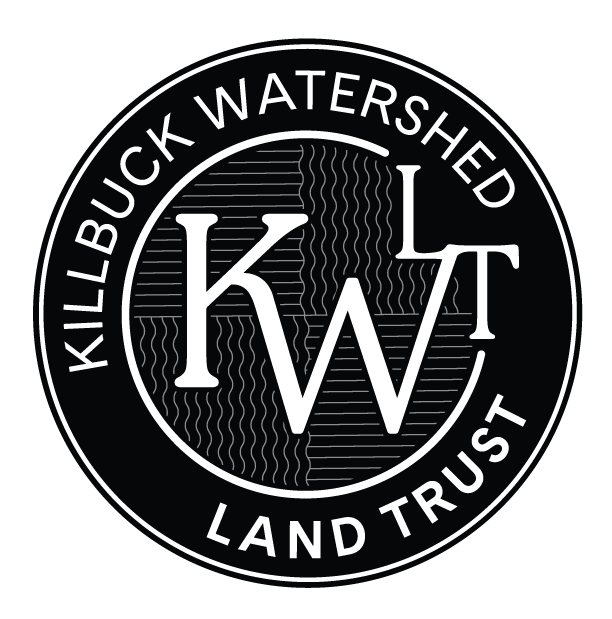The Values of Farmland
When people talk about why it is important to protect farmland, we often focus on the economic reasons, such as supporting a strong local economy or profitability for local farmers. Other times we may focus on our heritage, like the traditions of family farming or the sense of belonging to a community. These farming values are important to our culture and reason enough to protect farmland; however, much less discussed and therefore often underrated, are the conservation values of farmland. These are the values inherent to the land being farmed, as opposed to the values of the practice of farming. Land trusts generally describe these conservation values as the natural, open-space and scenic values of the land.
Natural Value
Our Prime soils are the best example of the land’s natural value. 10,000 years of soil evolution, starting with the weathering of glacial drift and outwash, and then further enriched by forest and grassland humus built up since that time period, established some of the best soils in the country for agricultural production right here in Ohio.
Open-Space Value
Open-space—agricultural land, wetlands, prairies, forests, etc.—are the last vestige for the wild world to inhabit. Where development occurs, wildlife is extirpated. In the 1700s Ohio claimed a diversity of abundant wildlife with dense primeval forest, wetlands and grasslands. It was home to huge fish, elk, bison, bears, beavers, wolves and panthers. Yes, panthers! Passenger pigeons were so numerous that flocks were said to darken the sky.
Scenic Value
The scenic value of farmland may be the most often overlooked value. Which is ironic considering it’s the most visible value. I become more appreciative of the beauty of our area every day, but congestion from over-development blocks our viewsheds, light pollution prevents us from seeing the full breadth of stars and rectangular industrial buildings can’t hold a candle to the character of an old farmhouse or barn. Additionally, if our rural landscape gets developed, where are we to go to seek refuge from the congestion of our cities? Did you know the first use of landscape easements are actually specific to scenic preservation? Throughout the 1930s and ‘40s, the National Park Service purchased easements encumbering thousands of acres of land in order to preserve the scenic vistas along the Blue Ridge Parkway and the Natchez Trace Parkway. This preservation effort continues nearly one hundred years later with the help of local land trusts working with local landowners throughout each Parkway’s landscape.
Through the use of our conservation easements, KWLT very specifically protects these Conservation Values of farmland. At their beginning, our easements state, “The purpose of this Easement is to preserve, protect and maintain the Conservation Values of the Protected Property in perpetuity…”. That is our commitment to each landowner, and to our greater community.
The protections offered by our conservation easements extend well beyond what is specifically stated in the easement. Because, by protecting these Conservation Values, we are also protecting those farming values that have been placed upon the land. When we have farmland, we will have a farming economy. When we have farmland, we will have family farms on which to create family traditions. Similarly, when we have farmland, we can maintain our strong community. So the next time you see an auction sign in a field that says VACANT LAND, while it’s true that land is vacant of development, remember, that land actually holds tremendous value just as it is.
